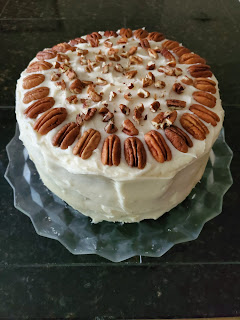Personalizing Your Design Style
So, where do you start? Browse the internet or magazines for rooms that you like. Dissect the rooms you like looking for common factors. Determining if it is the color of the room, window treatments, accessories, furniture style, or architectural detail that appeal to you. ( Keep pictures and notes in a file folder. This is especially helpful if you will be shopping for some new things. Take it with you to show sales consultants in the store and they will be able to direct you to things that you are looking for.) Cell phone photos are handy but it is difficult to see detail in them. Detail is important!
Next take a picture of your room. Consider what you can add to your room to make it have the character and features of the rooms you like. What do you need to remove or replace to get the look you want? As you work with your room, changing things, continue to take pictures. The reason I suggest that is because pictures reveal things we often miss standing in a room. And if you try different furniture and picture arrangements on the wall, it will help you determine which you like best and where things were placed.
Color: There is a formula used by designers.
60 % of the space should be the primary color. This includes walls and large objects.
Walls are blank canvases. Wall treatments can include creative things like stained and decoupaged brown paper bags to cover a whole wall, shiplap, bead board, stucco, stone or brick, or wall paper or grass cloth. Wall paper is making a come back, and some of it can be removed and reused. These are just a few options.
The secondary color is 30%.
Walls are blank canvases. Wall treatments can include creative things like stained and decoupaged brown paper bags to cover a whole wall, shiplap, bead board, stucco, stone or brick, or wall paper or grass cloth. Wall paper is making a come back, and some of it can be removed and reused. These are just a few options.
The secondary color is 30%.
Elements to include: Chairs, small draperies, curtains, etc.
pieces of furniture.
The accent color is 10%.
This is where accessories come into play. Throw pillows, art, a small piece of accent furniture, flowers, pottery or porclain pieces are good examples. Include things that reflect who you are. It can be in art, books, accessories and photographs. Remember these are the things that give personality to your space and make it uniquely yours.
Too often I see "perfect" homes that have current trend accessories. They are things like glass balls, signs, oblique pieces, and other generic items that are just there to fill space and look pretty. A few of those things are okay, but it is more interesting to have accessories that reflect occupants. Examples are photographs, trophies, things from travels or that have sentimental value to the owner.
Remember that trends change and then things start to look dated. As the homeowner, decorate with what you love. If you decide to move, that is the time to redecorate with generic accessories.
Your home should be your haven and joy to those who visit.


Comments
Post a Comment